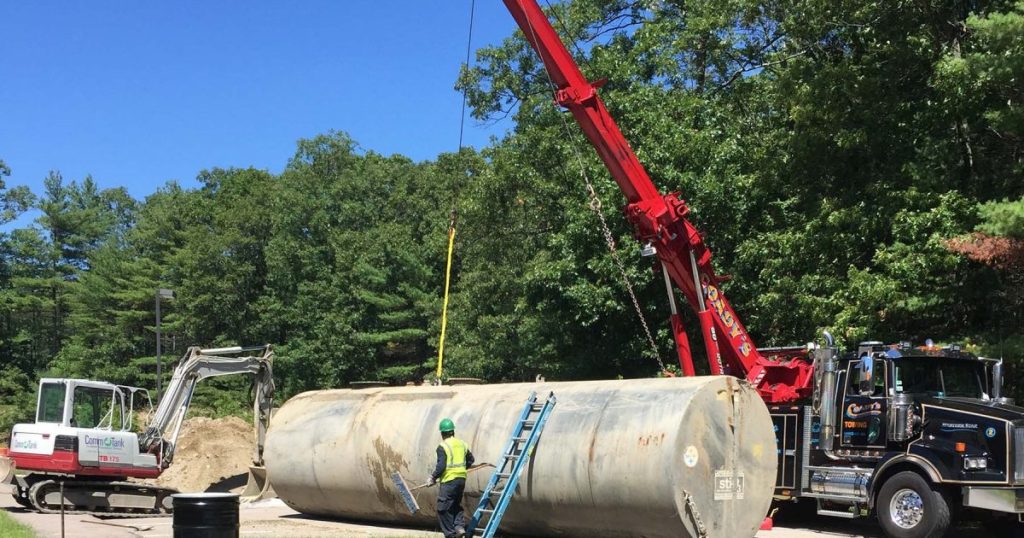Protecting Your Home Investment Through Effective Oil Tank Replacement

Your home’s oil tanks function as silent sentinels, keeping you warm during the harsh winters. They are usually located in the basement, or hidden in your backyard. Even the most reliable guardians may require some attention at some time. For homeowners who utilize heating oil, it’s important to know the costs of replacing the tank, as well as what happens in the process.
Why should you replace your oil tank?
The oil tanks are designed to last for a long period of time, but they’re not going to. Their strength can be weakened by factors such as age, corrosion, and wear and wear and tear. It can be costly to clean oil spills, and also poses an environmental danger. Imagine that a gradual leak isn’t noticed until the soil around your home is infected. The cost of remediation could be extremely high, as can the environmental effects could be long-lasting.
The 275-Gallon Challenge: A Benchmark for Replacement Costs?
A 275-gallon tank for oil is the standard size for home heating systems. While the average 275 gallon oil tank replacement cost in certain regions like Massachusetts hovers around $3,600 for a 275-gallon tank, this figure is just a starting point.
The actual price can differ significantly depending on several factors.
The Cost Constellation. Factors that affect the cost of replacing your oil tank
The location of the replacement tank will generally cost more than an above-ground tank because of the additional labor involved in accessing and removing the old tank. Accessibility also plays a role. It is possible to pay more for your tank dug up in the ground or needs significant excavation.
Single-walled tank material is the least expensive option. But it’s also the most vulnerable to rusting and corrosion. Double-walled steel tanks are priced higher upfront, offer better protection against leaks, and will extend the life of the tank. Fiberglass Reinforced Plastic (FRP) tanks are extremely light and corrosion-resistant, but they are accompanied by a higher price tag.
Removal and Disposal and the disposal of your old tank securely and in a responsible manner adds to the total cost. This requires licensed professionals to ensure the proper cleaning of and the transportation of your old tank to a licensed recycle facility.
Line Replacement for Oil Line Replacement Replace your oil lines in tank replacement is an intelligent investment that will stop future leaks.
The Basics and Beyond: Other Ideas
Permits to Replace Tanks: You may need to apply for permits in order to get your tank replaced by the local authorities.
Cleaning the Oil Tank: If your old tank is still functional but needs cleaning due to accumulated sludge, factor in the expense of professional cleaning.
Pump Replacement: Replacing your oil pump during the tank replacement process can save time and money in the end.
Making investments in peace of mind:
A replacement for your oil tank should be an important home improvement. It’s possible that the initial cost is expensive, but it’s far from the financial and environmental impact of a tank that is leaky. Understanding the elements that affect the replacement cost and planning ahead can help you make a wise decision about how to protect your home, wallet and your environment. Be aware that a properly maintained oil tank will keep you comfortable and warm for many years to come A neglected tank can be a costly and messy nightmare. Do not wait until a leak occurs to get your oil tank replaced and relax with a reliable heating unit.



